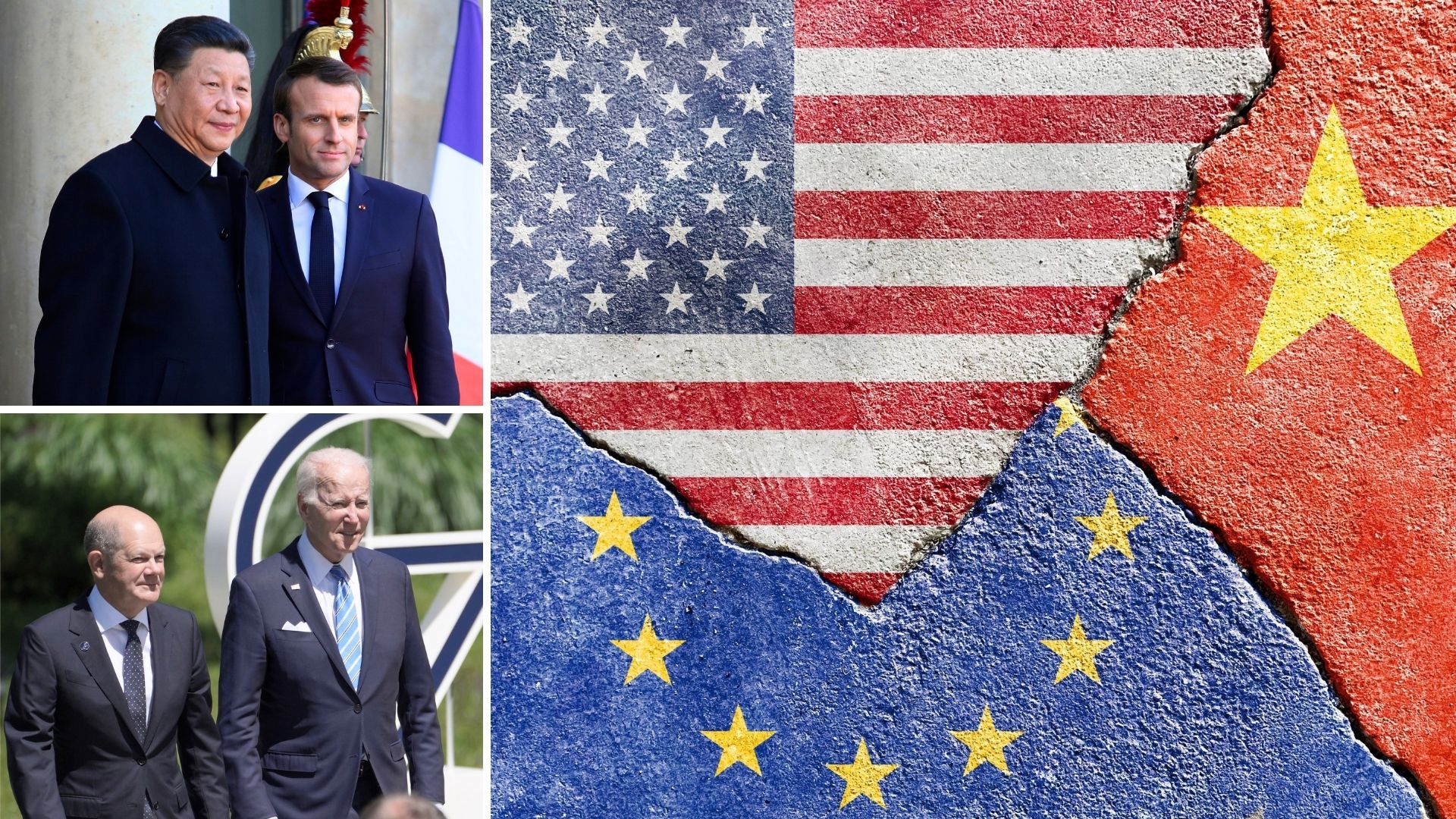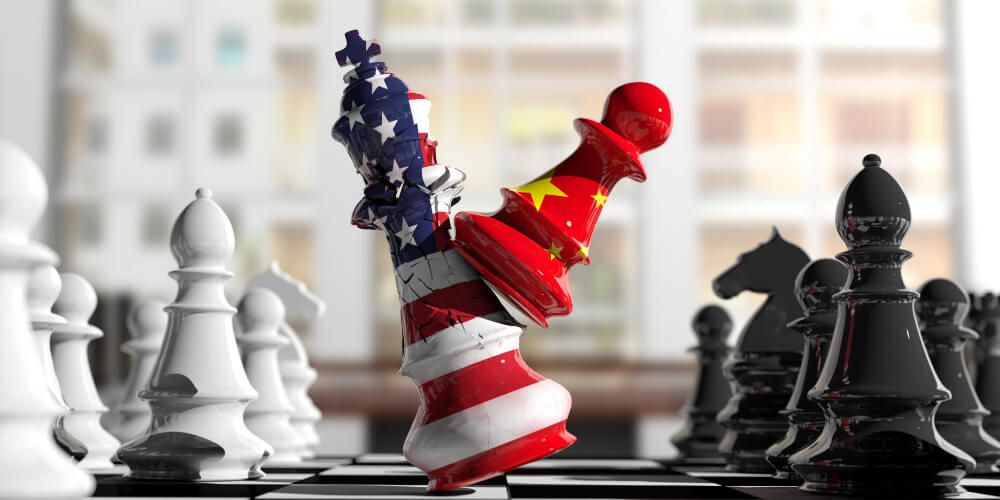The Biden administration is forging ahead with renewed American investment in the Indo-Pacific, bringing on board the region’s nations and the United States’ (US)allies in an effort to counterbalance Chinese expansion. The many US initiatives in this vast zone include mechanisms to bolster subregional cooperation, such as Partners in the Blue Pacific; an economic partnership based on norms and standards in the form of the Indo-Pacific Economic Framework for Prosperity (IPEF); and the Blue Dot Network, an infrastructure certification mechanism. Meanwhile, the Quadrilateral Security Dialogue (known as the Quad), formed of the US, India, Japan, and Australia, promotes regional cooperation in key areas such as maritime security, climate change, new technologies, health, and production chain resilience. It aims to attract new partners over time. Finally, the tripartite military pact AUKUS, comprising Australia, the United Kingdom (UK), and the US, seeks to check Chinese expansionism in the Indo-Pacific.
In the opposite corner, China is counting on the appeal of its model, a combination of political authoritarianism and economic growth, but also on its financial firepower, notably via loans made through its Belt and Road Initiative (also known as the New Silk Road). It is also exploiting the fatigue of a “Global South” that, in a period of economic and demographic growth, has grown tired of lectures from Western powers, who are perceived as being on the decline. In this context, China claims to represent a “new form of human civilization,” in the words of Xi Jinping, proposing “two global initiatives” relating to development and security, and aiming to establish a new international order.
The deepening of Sino-American competition since 2021 has led Washington to increase pressure on its partners—within NATO in particular—to harden their stance against Beijing, especially in relation to technology. China prefers to rely on its attractiveness, though it no longer hesitates to use economic, or even military, coercion against recalcitrant partners. However, the radicalization of Xi Jinping’s authoritarian regime, its management of the pandemic, and Chinese assertive moves against Hong Kong, in the Taiwan Strait, and in the South China Sea have all significantly weakened Chinese soft power.
In this context, most Indo-Pacific countries are hoping to avoid being caught in the vice of Sino-American rivalry and are calling for strategic autonomy, echoing the European position on the region. Moreover, the New Silk Road has lost its sheen and the debt trap is more clearly perceived, at a time when numerous Chinese loans are reaching maturity.
Implications for the European Union: Is an Alternative Western Path Tenable?
In September 2021, the European Union (EU) published an Indo-Pacific strategy that defined its economic, diplomatic, and strategic interests and set out an autonomous, alternative path to that of the United States, aimed at building an Indo-Pacific that would be free and open to all. France in particular pushed hard for this approach during its presidency of the Council of the EU. However, the strategy suffers from a lack of clarity and a chronic insufficiency of means with which to achieve its ends, while the Chinese increasingly aggressive posture calls into question the sustainability of the “balanced” postures advocated by France and the EU in the region. Meanwhile, the war in Ukraine, by highlighting the US’ crucial importance to the security of the European continent, has made the EU’s nuanced position all the more difficult. At the same time, and despite Europe’s effort, Beijing’s perception is that Europeans would offer Washington political, economic, and potentially military support in the event of kinetic action against Taiwan. This said, the prospect of a crisis in the Taiwan Strait is actually highlighting differences between EU member states in terms of their interests, approaches, and capacities when it comes to action in the Indo-Pacific.
In this context, the EU’s capacity to exist in the Indo-Pacific will depend above all on its ability to ensure cohesion within the bloc and to coordinate its action with its American ally and its Asian partners. The EU should also offer Indo-Pacific nations a solid and credible “narrative” focused on the needs of the region’s countries and on areas where the EU can offer real added value (standards and norms, infrastructure financing, cyber-governance, production chain resilience, maritime security), beyond the ambitious Global Gateway project that was presented as an alternative to the New Silk Road but has yet to materialize. Finally, the EU should learn to engage in forms of cooperation that are unusual for the bloc, in particular “minilateral” cooperation, a favorite of Asian nations, and it should further strengthen its political-military presence and visibility by joining organizations and coalitions with which it aligns to varying degrees on security, the economy, technology, or governance.





